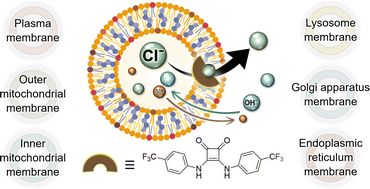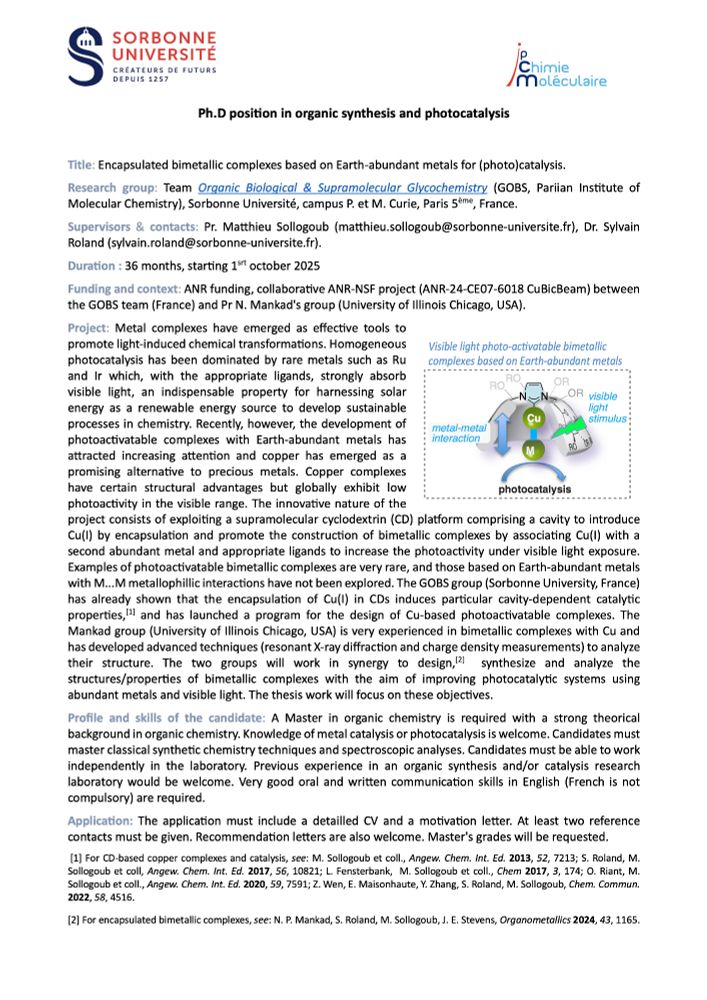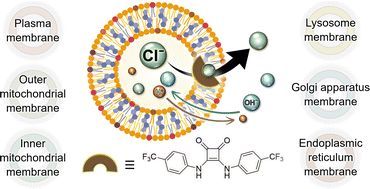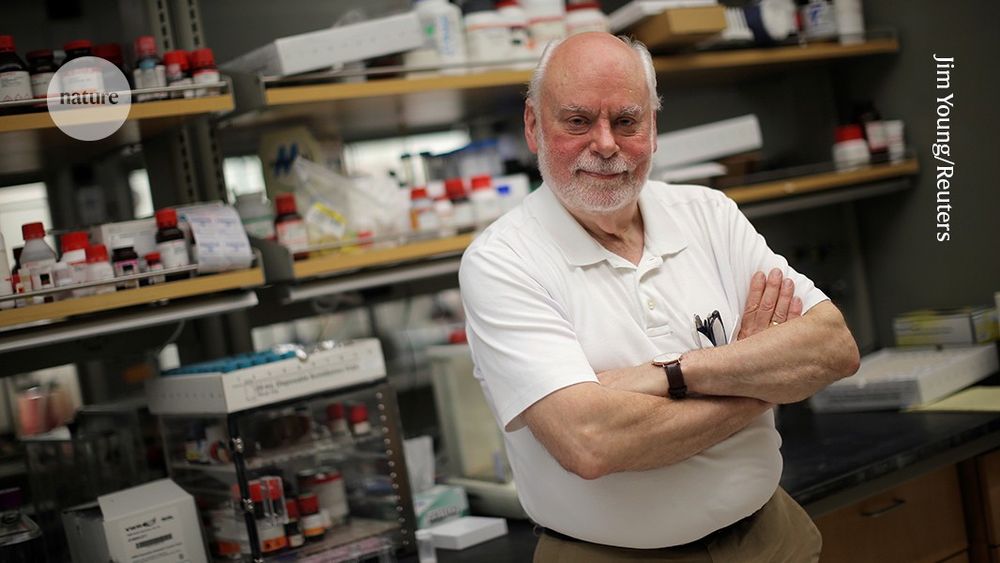Phil Gale
@profphilgale.bsky.social
450 followers
450 following
11 posts
Supramolecular chemist at the University of Technology Sydney.
Posts
Media
Videos
Starter Packs
Phil Gale
@profphilgale.bsky.social
· Sep 4

Advances in applied supramolecular technologies 2021–2025
Supramolecular chemistry is a rapidly evolving field that has focused on building a foundation of fundamental understanding in controlling molecular self-assembly, through the use of non-covalent inte...
pubs.rsc.org
Reposted by Phil Gale
Reposted by Phil Gale
Reposted by Phil Gale
Reposted by Phil Gale
Phil Gale
@profphilgale.bsky.social
· Feb 17

Anion transport in biologically relevant lipid mixtures
A potent squaramide-based anion transporter was used to evaluate how vesicles prepared with tailored lipid compositions, which mimic organelle membranes, can impact transmembrane transport. Using HPTS...
pubs.rsc.org
Reposted by Phil Gale
Phil Gale
@profphilgale.bsky.social
· Feb 2
Reposted by Phil Gale
Patrick Walter
@patdwalter.bsky.social
· Jan 14

Jobs at Royal Society of Chemistry
Find out more about working for us and view all vacancies including. We continue to ensure an inclusive workplace where opportunities are open to all, and where everyone can belong and bring their tru...
careers-rsc.icims.com
Phil Gale
@profphilgale.bsky.social
· Jan 14

Trapping Anions within Stacks of Tetra-Urea Macrocycles
Designing molecular receptors that bind anions in water is a significant challenge, and an even greater difficulty lies in using these receptors to remove anions from water without resorting to the ha...
pubs.acs.org
Phil Gale
@profphilgale.bsky.social
· Jan 9

Subcellular targeted anion transporters
Ryder et al. report the first subcellular targeted anion transporters that accumulate in specific membrane-bound organelles to bias their natural propensity to depolarize lysosomes. Confocal microscopy revealed the ability of the naphthalimide-based transporters to localize within their intended organelles. Analogs that contained endoplasmic reticulum (ER) and lysosomal targeting motifs showed an enhanced H+/Cl− transport ability and cytotoxicity compared with non-targeted analogs. Moreover, lysosomal accumulation improved cancer cell selectivity, while ER and mitochondrial localization enhanced apoptosis in cancerous cells.
www.cell.com
Phil Gale
@profphilgale.bsky.social
· Nov 28









